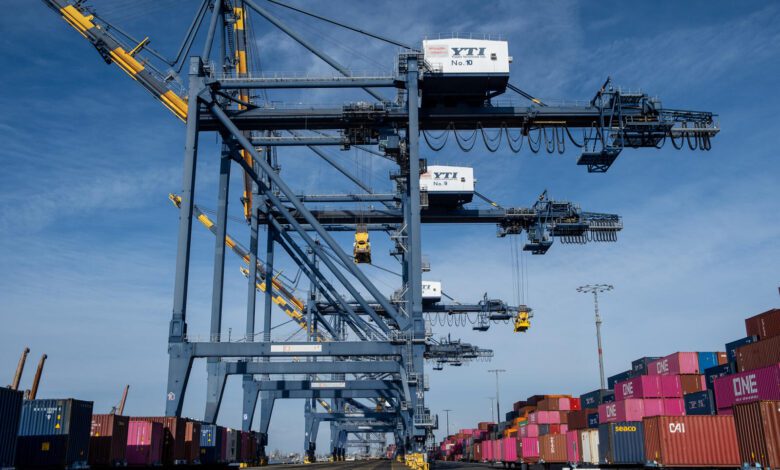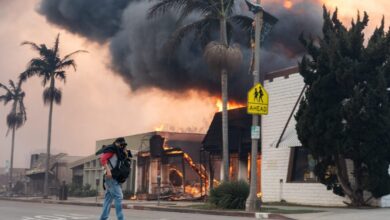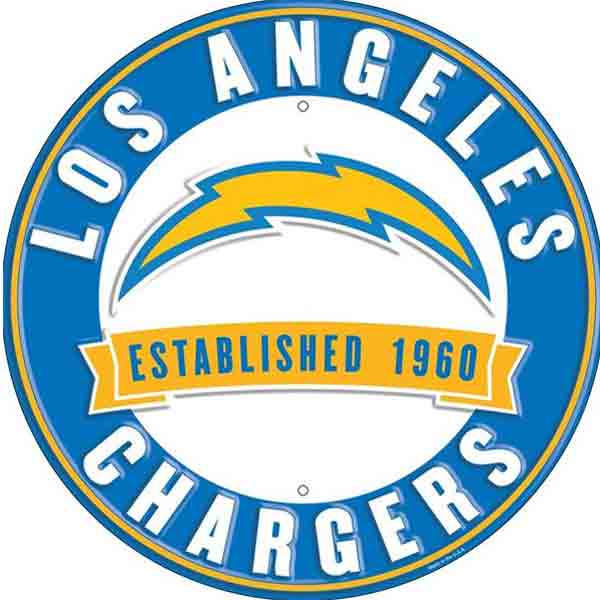These Southern California port communities have waited decades for clean air. Why a new plan may fall short

Yusen Terminals is testing the nation’s first-ever hydrogen fuel cell rubber tire gantry crane, the massive device that moves ship containers around the port, said Matthew Hamilton, the terminal operator’s director of sustainability. The company also owns seven electric-powered top handler vehicles.
The ports act largely as a landlord, with no authority to mandate truck fleet owners, terminal operators and rail yard companies to clean up their equipment. However, they can offer incentives for certain activities.
The ports’ Clean Truck Program collects a $10 fee for each container unit that ships carry into the port. The Long Beach port has disbursed $60 million in incentives to truck owners who buy zero-emission trucks.
A major challenge for the ports in transitioning to electric equipment is having sufficient power to fuel it.
Yusen Terminals, for instance, only has enough power to charge 25% to 50% of its fleet of top handlers and other vehicles. It could take up to eight years for the Los Angeles Department of Water and Power to supply the port terminals with enough power to charge all of its cargo-handling equipment, Hamilton said.
Long Beach port officials estimate they’ll need six to 12 times more power to fully electrify 1,500 pieces of equipment with a charger for each one.
Electrifying equipment will also essentially require the ports to redesign terminals and change how they operate. Zero-emission cargo-handling equipment currently available can’t last an eight-hour shift without recharging, Moilanen said.
“It’s going to take a pretty Herculean effort to achieve (the port’s zero-emission goals), but we’re working very aggressively to achieve that. We still believe we can,” said Hamilton of Yusen Terminals.
The port rule, he added, “may just be adding additional requirements and slowing us down and kind of sapping our resources for buying more equipment and working on these infrastructure projects.”
Cleaning up heavy-duty trucks is another massive challenge. Some fleet owners are already investing in new electric and hydrogen trucks to service the ports. But these drayage companies, often small or owner operated, are struggling to make the same revenue they did with cheaper diesels and facing technological challenges using the cleaner vehicles, such as long charging times and insufficient range.
In recent months, the ports have received hundreds of millions of dollars in state and federal grants to improve zero-emission infrastructure that will help them with their growth and emission reduction goals. The Los Angeles port received a $412 million grant from the U.S. Environmental Protection Agency to electrify 400 pieces of diesel cargo-handling equipment, and it’s investing another $500 million in a project to upgrade the electrical grid.
“This is how we serve our planet, by collaborating as a port community and contributing to a global effort to build a cleaner world. We’re pushing the boundaries of what’s possible because that’s the only way to secure lasting progress,” said Port of Los Angeles Executive Director Eugene Seroka at a state of the port event in January.
The ports have had their joint Clean Air Action Plan since 2005, after environmental and community groups pushed them to strategize how to clean up emissions. The plan was updated in 2017 to add the goals of 100% zero-emission cargo-handling equipment by 2030 and trucks by 2035.
Some of the ports’ creative, voluntary incentives for terminal operators, ships and trucks have turned into state regulations. For instance, their programs mean that many ships have the cleanest engines, reduce speeds when nearing the port and plug in to electrical systems to avoid idling diesel engines. Now the state requires all container ships that arrive in California ports to plug in at berth.
The high cost of pollution in port communities
As a child in school in the 1990s, Roberto Reyes, who is Maria Reyes’ son, couldn’t play many sports without heavy nosebleeds. Doctors couldn’t say for sure what caused them.
Elizabeth, her youngest, would run throughout the neighborhood, past street intersections busy with diesel truck traffic as part of her track team training. Some days, she’d come home vomiting, with nosebleeds or bad headaches.
“This time I knew that it was the pollution,” Reyes said.
Thirty years later, Reyes now is a staunch community advocate with the Long Beach Alliance for Children with Asthma. She still regrets choosing to live in a neighborhood so close to the ports.
“I feel guilty about the place I chose for my children to be born,” she said. “It’s a very cruel thing. I know I shouldn’t feel guilty, but when you have all this pollution around you, you think, ‘well what do I do now?’ ”




